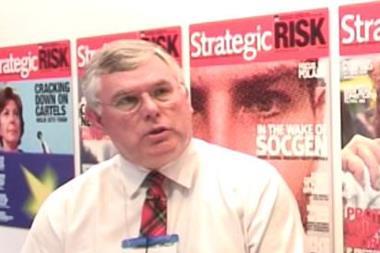While significant progress has been made, many insurers query whether ERM can deliver a return on investment
Many insurers and other financial services firms query the effectiveness of ERM and its ability to deliver a return on investment, found PricewaterhouseCoopers (PwC).
A study found that ERM is not fully embedded into strategic decision and its integration into day-to-day decision making remains limited. Fewer than half the survey participants were confident that ERM had been embedded into their strategic planning, resource allocation and performance management.
Nevertheless, 90% of survey respondents had ERM programmes in place. And some 40% had a board level ERM committee. Around 60% of firms also said that their chief risk officer communicates directly with the board on risk management.
Clare Thompson, head of risk advisory services for the financial services sector, PricewaterhouseCoopers LLP, said: ‘The findings of our latest survey indicate that while many insurers have made valuable progress in developing effective ERM capabilities, unless they make ERM relevant to and integral across their businesses as a whole it will not meet expectations and achieve anticipated objectives.’
Key findings from the survey included:
Risk limits often do not reflect enterprise-wide risk appetite
Procedures for monitoring and control are often still orientated around separate risk/business silos, making a portfolio view of risk difficult to sustain. While most insurers are at least ‘fairly confident’ (and 44% are ‘very confident’) that they have clearly defined their risk appetite, critically, the alignment of risk appetite and key business decisions is often limited.
ERM effectiveness is often hindered by poor risk information and analysis
Many respondents also recognise that their risk and data systems are still patchy. According to the survey, fewer than 40% of respondents believe their firm’s risk data and systems are ‘good’ or ‘excellent’, only a marginal improvement from 2004. Communication and escalation of risk information were also highlighted as areas of weakness. Many participants are still finding it difficult to monitor and manage emerging risks, and fewer respondents appear to be using their ERM knowledge to identify and capitalise on unfolding opportunities, rather than simply mitigating their exposures.
Attracting and retaining talent is critical
Good people are critical to developing the status and effectiveness of ERM. It is telling that few respondents felt able to answer the question about the industry’s ability to attract, hire and train competent risk managers.


















No comments yet